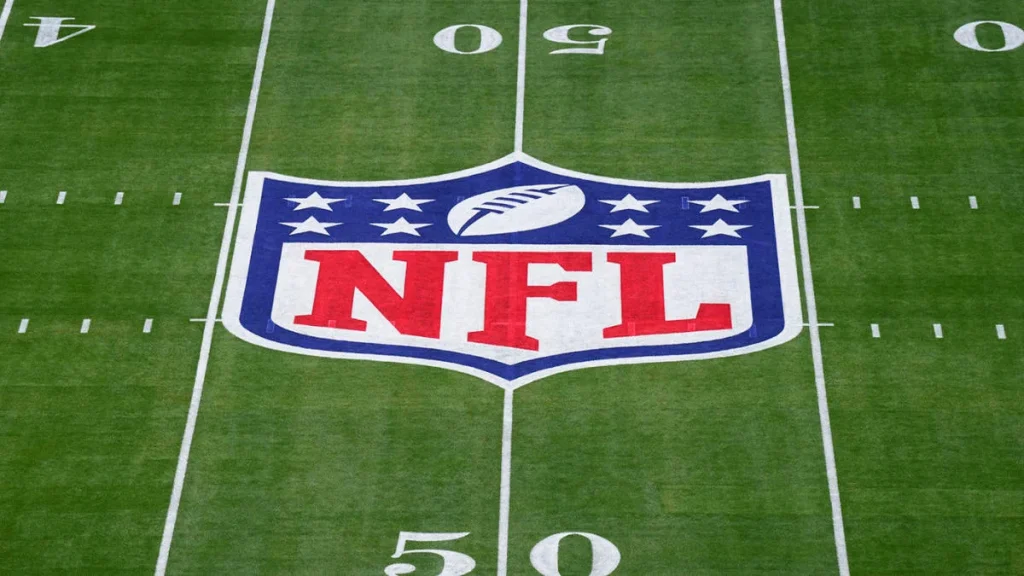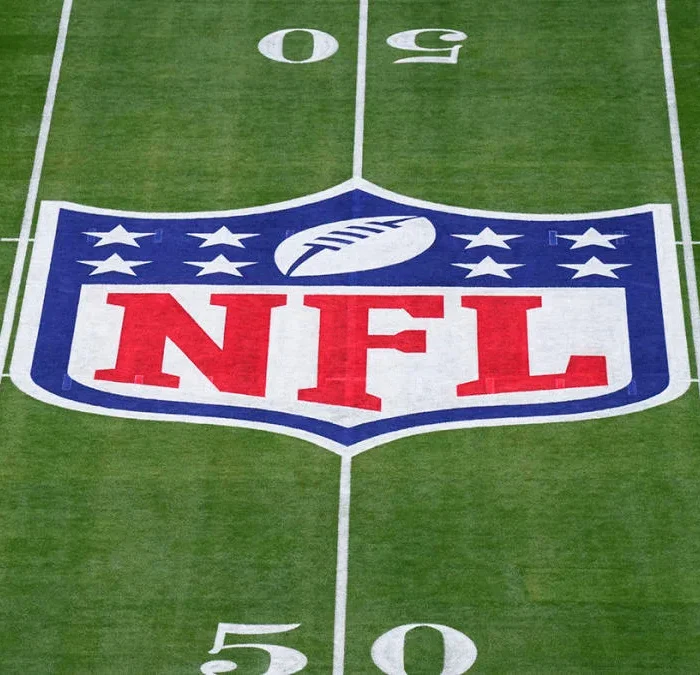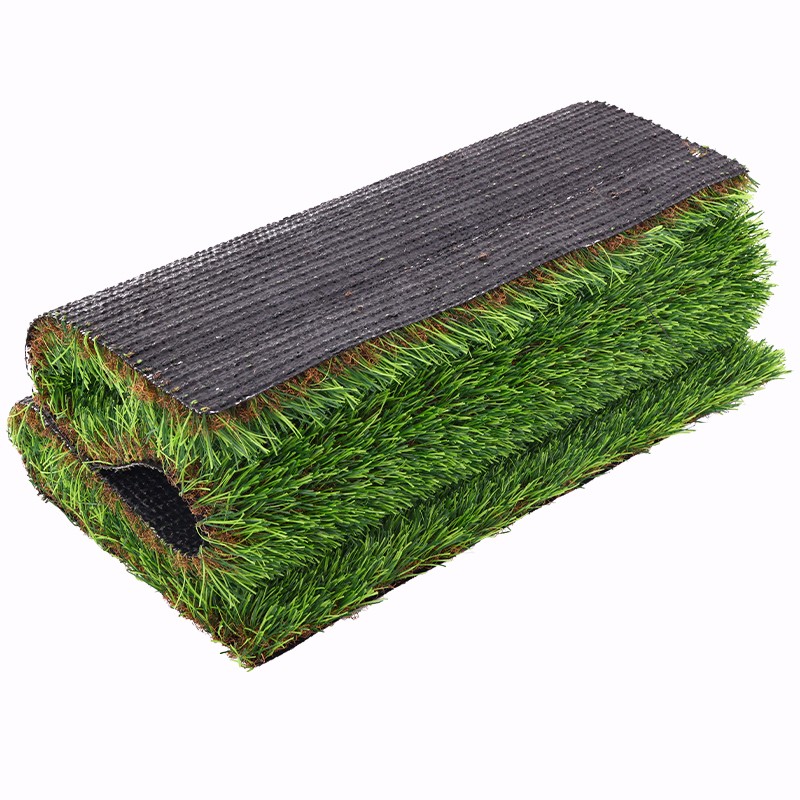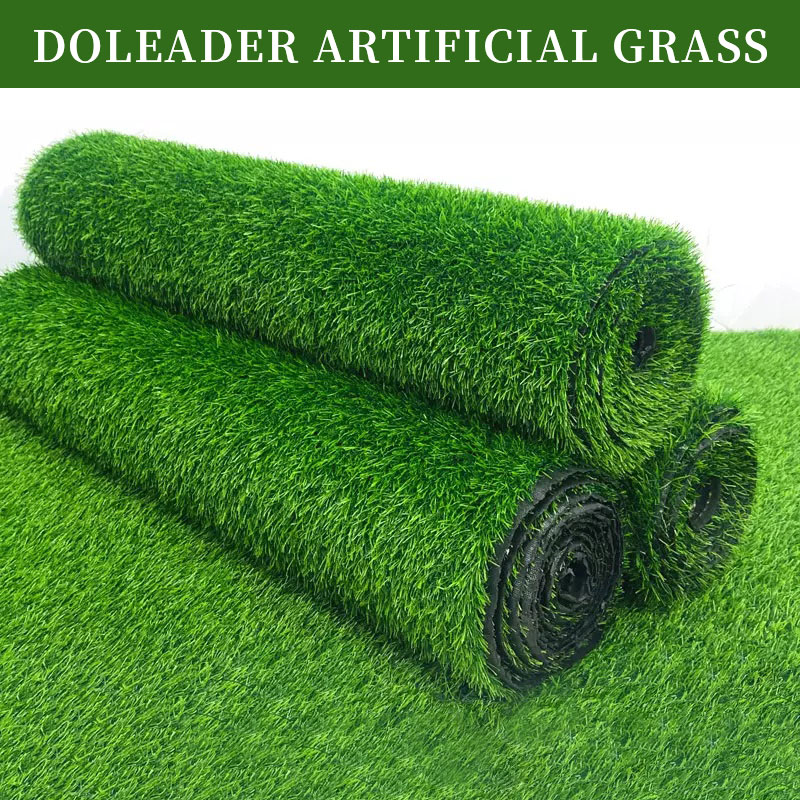
In the high-stakes world of the National Football League (NFL), the choice of playing surface has become a crucial consideration for teams seeking to gain a competitive edge. While natural grass has long been the traditional choice for football fields, an increasing number of NFL stadiums have made the transition to artificial turf, a move that has sparked widespread interest and debate.
The Advantages of Artificial Turf The shift towards artificial turf among NFL teams can be attributed to the numerous advantages it offers over natural grass. One of the primary benefits is the surface’s stability and consistency, which can significantly improve player safety. The even, well-cushioned artificial turf provides a more reliable footing for athletes, reducing the risk of ankle rolls, knee sprains, and other common injuries that often occur on natural grass fields.
Furthermore, artificial turf’s exceptional durability allows it to withstand the relentless pounding of professional football, maintaining its optimal playing conditions even under the most intense usage. This translates to a reduced need for field maintenance and a more reliable, all-weather playing surface, ensuring that games can proceed uninterrupted regardless of environmental factors.
Mitigating the Risk of Concussions and Severe Injuries Beyond the immediate benefits of stability and consistency, artificial turf has also emerged as a valuable tool in the NFL’s ongoing efforts to enhance player safety. The carefully engineered shock absorption properties of modern artificial surfaces can help mitigate the risk of severe impacts and concussions, a growing concern in the league.
By providing a more forgiving surface upon which players can collide, artificial turf can help absorb some of the force, potentially reducing the incidence and severity of traumatic brain injuries. This aligns with the NFL’s commitment to prioritizing the long-term health and well-being of its athletes, a crucial consideration in an increasingly safety-conscious sports landscape.
Enabling Year-Round Playability The appeal of artificial turf for NFL teams extends beyond just player safety; it also offers the practical advantage of year-round playability. Unlike natural grass, which can become unplayable in inclement weather or suffer from wear and tear over the course of a season, artificial turf maintains its pristine condition regardless of the elements.
This all-weather capability allows NFL teams to schedule games with greater flexibility, minimizing the risk of postponements or field-related disruptions. It also enables teams to host a wider range of events and activities on their home fields, generating additional revenue streams and enhancing the overall fan experience.
Optimizing the Game-Day Experience The visual consistency and aesthetic appeal of artificial turf have also emerged as significant factors in the NFL’s widespread adoption of the surface. By providing a seamless, uniformly green playing field, artificial turf creates a more cohesive and visually striking environment for televised games, helping to captivate viewers and enhance the overall game-day experience.
This level of visual unity and predictability is particularly valuable for NFL teams, as it ensures that the playing surface maintains a consistently high-quality appearance, regardless of the time of year or the number of events hosted on the field.
Economic Considerations and Long-Term Cost Savings Alongside the performance and safety-related benefits, the economic factors associated with artificial turf have also played a role in its growing popularity among NFL teams. While the initial installation cost of artificial turf may be higher than that of natural grass, the long-term maintenance and operational savings can be substantial.
Artificial turf’s low-maintenance requirements, reduced water consumption, and minimal need for groundskeeping and repair work can translate to significant cost savings over the course of a playing season and the lifespan of the field. This, in turn, frees up valuable resources that NFL teams can reinvest into other areas of their operations, ultimately contributing to their overall financial viability and competitiveness.
Conclusion As the NFL continues to evolve, the league’s decision to embrace artificial turf has become a strategic move that addresses a variety of critical factors, from player safety and game-day experience to long-term financial sustainability. By leveraging the unique advantages of this synthetic surface, NFL teams have been able to create more consistent, reliable, and versatile playing environments, ultimately enhancing the overall quality and integrity of the game.
As the technology behind artificial turf continues to advance, it is likely that we will see even more NFL teams making the switch, further solidifying the surface’s position as the premier choice for professional football’s elite.










